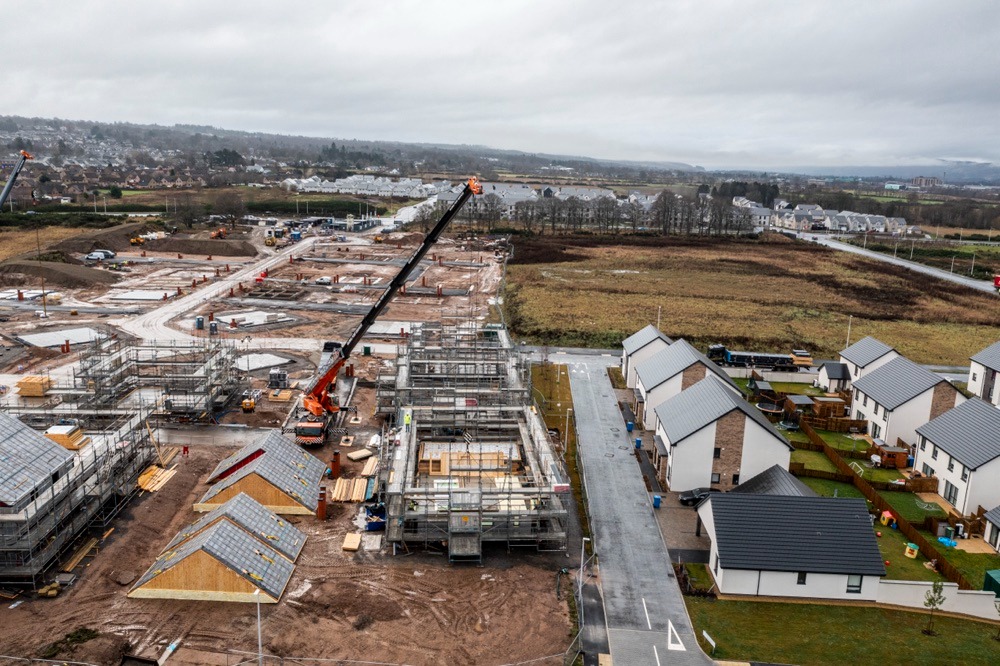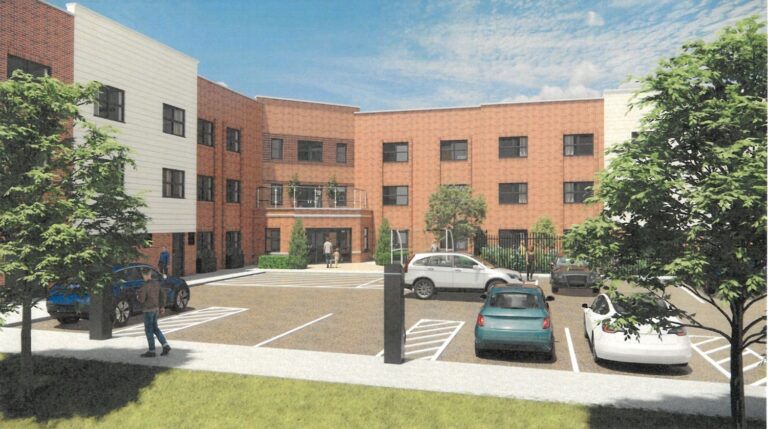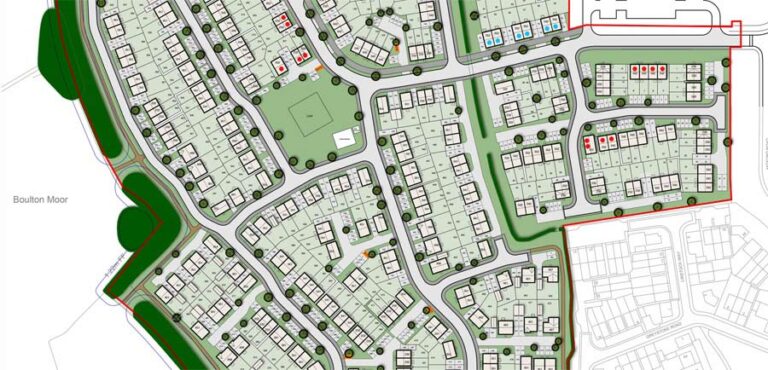Timber Frame Construction: A Key Solution to the UK Housing Crisis with Sustainable Benefits

Among the many avenues explored with a view to solving the UK housing crisis, timber frame construction is often highlighted as an energy efficient solution capable of delivering homes at pace – whilst also reducing carbon emissions.
In Scotland, timber frame has been widespread and generally favoured for over 40 years – with timber structures used in around 90% of all new build homes. Comparatively, fewer than one in 10 homes built in England use timber frame.
Across the UK, of the circa 190,000 homes built in 2022, around 40,000 were timber framed – with more than half of those situated in Scotland, less than 14,000 in England and just over 3,500 in Northern Ireland and Wales combined.
However, figures from the National House Building Council (NHBC) suggest that this modern method of construction is growing in popularity across the UK. Market share has increased from 19% in 2015, to 22% in 2021. The report did state that it may be possible to see timber use across the UK grow to around 27% by 2025.
This could demonstrate that more developers are starting to see the positives of timber frame, which include – but are not limited to:
- Reducing build programmes by up to eight weeks.
- Deliver cost savings due to less labour being required on site and lower prelims needed.
- Better energy and thermal efficiency in completed properties.
- Reduction of waste and carbon emissions, lessening the environmental impact of construction.
Encouraging uptake, is The Structural Timber Association (STA) – via its newly launched Time For Timber Hub. This is an online platform that provides information and resources to those interested in building using structural timber.
As part of the Time for Timber Hub, the STA is also developing a series of ‘How To’ guides that will provide practical advice on making the transition to using timber. The guides were showcased at the recent Offsite Expo in partnership with several of its manufacturing members, including Kirkwood Timber Frame.
Andrew Carpenter, CEO of the STA, says: “The Government has pledged an ambitious target to build 1.5m homes over the next five years. Our industry will need to embrace change in how we build more sustainable homes, more quickly, if we are to reach that level of 300,000 new homes per year. We’ve promoted the benefits of structural timber for many years and we’re now seeing major housebuilders turn to timber to realise those benefits. Our members have the capacity to build 100,000 homes a year and we are focused on supporting other housebuilders in choosing to build in timber.”
Growing Aberdeen based, Kirkwood Timber Frame, has seen an increase in demand for its services and timber products in England, but has also faced some reticence from people south of the border. It feels this is because many professionals there are used to working in a particular way and have preconceptions about timber products and how they can be utilised.
Malcolm Thomson, Managing Director at the business, says: “The construction industry has evolved – and the timber frame sector has adapted with it. We conducted research – through our England based sales team, around the adoption of timber frame – and found that much of the negative feedback focused on challenges people faced decades ago. As products and processes have adapted and improved, these concerns can genuinely be countered.
“At a time when net zero targets play a significant part of the planning process – and when the consensus is that we need to deliver homes sustainably and quickly – many in England already see timber as the natural (no pun intended!) choice for housebuilders.
“In addition, with pre-manufactured Values (PMV) needing to be of a certain level to access Homes England funding for affordable housing projects, adopting a precision engineered, sustainable product – that can be assembled quickly and efficiently – can play a huge part in unlocking more development sites.”
“To coincide with the newly launched Timber in Construction Roadmap supported by DEFRA, it is time for more construction professionals to understand how a transition to structural timber and offsite manufacture can play an essential role in meeting housing demand.”
Kirkwood Timber Frame were interested to understand why England lags behind Scotland in the use of timber frame construction and Malcolm was keen to counter some of the misconceptions that its research revealed.
He continues: “Timber has long been viewed as more expensive. However, most people who say this may not fully understand its additional benefits. These include reduced foundation costs, faster construction times, improved thermal performance, reductions in the number of trades required and the amount of labour needed and lower prelim costs – as just a few examples.
“It was also mentioned that timber frame was not suitable for larger structures – and this again is not true. For apartments up to five / six storeys, timber frame is in its element due to how it deals with the disproportionate collapse engineering with which all buildings of height must comply. This also makes it less expensive.
“Other issues were raised around NHBC warranty and fire safety. Firstly, in fact, the NHBC will warrant a timber frame site in the same way as they would a brick/block site – and will warrant timber frame homes up to 7 storeys in height. On fire safety, the timber frame sector has done more work on this than any other in recent years – through the STA’s Site Safe programme and its 16 Steps to Fire Safety Guide.
“The process has been written with the support of the HSE and is endorsed by both the HSE and the Construction Insurance Risk Engineers Group.”
According to the STA’s research, there is existing capacity in the established structural timber manufacturing sector to rapidly double timber frame manufacturing output to achieve 100,000 homes per annum – equivalent to 1-in-3 of the 300,000 homes needed each year.
More information about the timber frame industry can be found here: https://www.structuraltimber.co.uk/ https://timefortimber.org/











